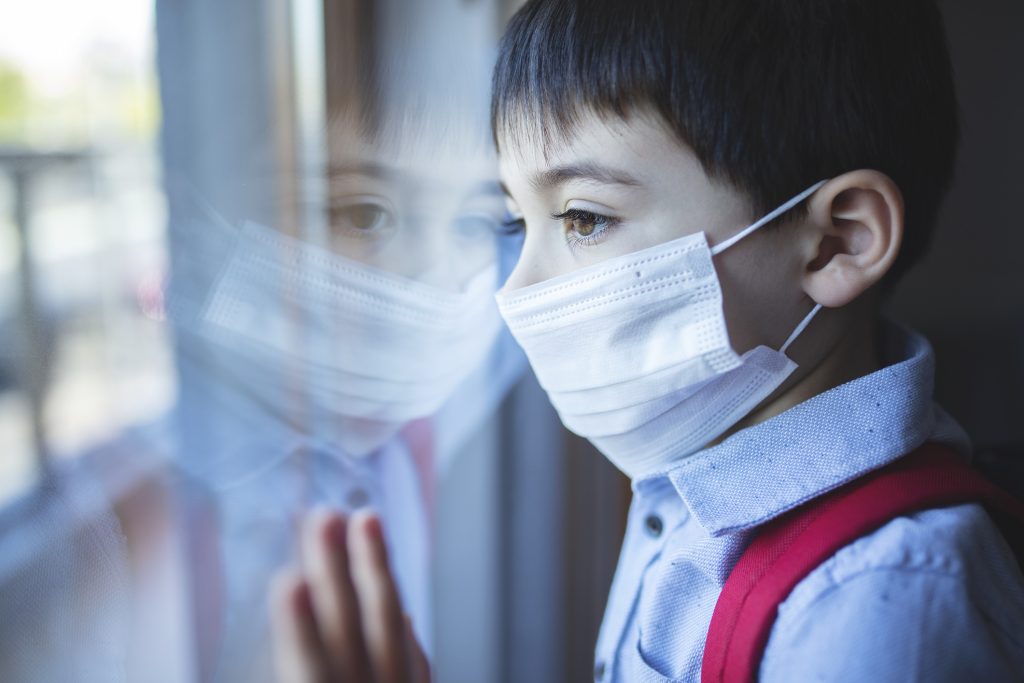The COVID-19 pandemic has forced Americans to stay apart for more than a year now. This has had devastating consequences on many people’s mental health. The negative impact of school closures, service disruptions, and endless at-home time has been particularly severe among children with Autism Spectrum Disorder (ASD). Even so, not all of the effects have been negative.
Simons Foundation Powering Autism Research (SPARK) conducted a coronavirus survey last year to learn more about how families were coping, and over 8,000 people responded. About 93 percent of the survey participants were female parents or guardians of school-age kids, 80 percent of whom were boys. The average age of the respondents’ children was 12 years old. Here’s what the survey reveals about how COVID-19 has affected children with ASD.
Negative Effects of COVID-19 on Children with ASD
- Unwanted change: Many families reported struggling with the general upheaval and chaos brought on by the pandemic. Children experienced more anxiety, emotional breakdowns, and aggression because of the numerous disruptions to their routine.
- School closures and service disruptions: Almost every school in the country closed at some point last year. As a result, 63 percent of parents reported decreased access to the services and therapies their children rely on. A whopping 95 percent of these families said that the service disruptions negatively impacted their child’s behavior. The most severe disruptions to ASDS-related services occurred among families with children under five years old.
- Lack of childcare options: Parents expressed the difficulty of juggling work while their kids were at home with limited childcare options. The lack of trained people available to provide specialized services also proved problematic at the height of the pandemic.
Positive Effects of COVID-19 on Children with ASD
- Distance learning: While some parents reported that online schooling was challenging and inconvenient, many said that the controlled setting and slower pace worked better for their kids.
- Extra family time: Social distancing requirements left many families with more time to spend together. This created the chance to grow relationships, pursue hobbies, and explore mindfulness activities such as meditation, breathing exercises, and yoga.
- Remote services and therapies: While the pandemic has limited in-person services, 35 percent of families said they were receiving teletherapy. About 43 percent of these families expressed moderate to significant benefits from these services.
There’s no doubt that this pandemic has disrupted everyone’s lives. Most of us have felt stressed or overwhelmed at one time or another, which has impacted our physical, emotional, and mental health. Even so, resources remain available to help parents of children with ASD manage the ongoing challenges.

